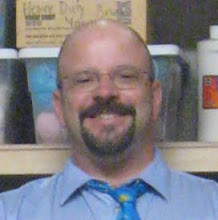Lesson Plans
Week 23: 15-17, 20-22.
Kindergarten/First Grade
Read to students: “Rattletrap Car” by Phyllis Root. Discuss: what unusual things were used to make the car run? Show students how they can use basic shapes to draw a car. Students will add imaginative details to create their own “rattletrap” car.
Second Grade
Clay sculpture. Using pinch and pull method of making three dimensional objects from clay. Using dinosaurs as models.
Third Grade.
Cut-away views. Discuss how artists show the inside and outside of a building simultaneously.
Fold 12x18 paper in half. Use rulers to measure. Follow directions to make a house shape. Cut into shape of house. Draw outside of house on outside. Open paper to show the interior of the house.
913A. Know and use the elements and principles of each art form to create works in the arts and humanities.
Fourth Grade/Fifth Grade.
Review: what are macquettes? (Statues artists make to use for reference when drawing.) For example, animators and artists like James Gurney use them.
Students will paint their sculptures with acrylic paint.
913A. Recognize critical processes used in the examination of works in the arts and humanities. Compare and contrast
913F. Know how to recognize and identify similar and different characteristics among works in the arts
 Fourth and Fifth graders are putting the finishing touches on their macquettes with acrylic paint.
Fourth and Fifth graders are putting the finishing touches on their macquettes with acrylic paint.
























